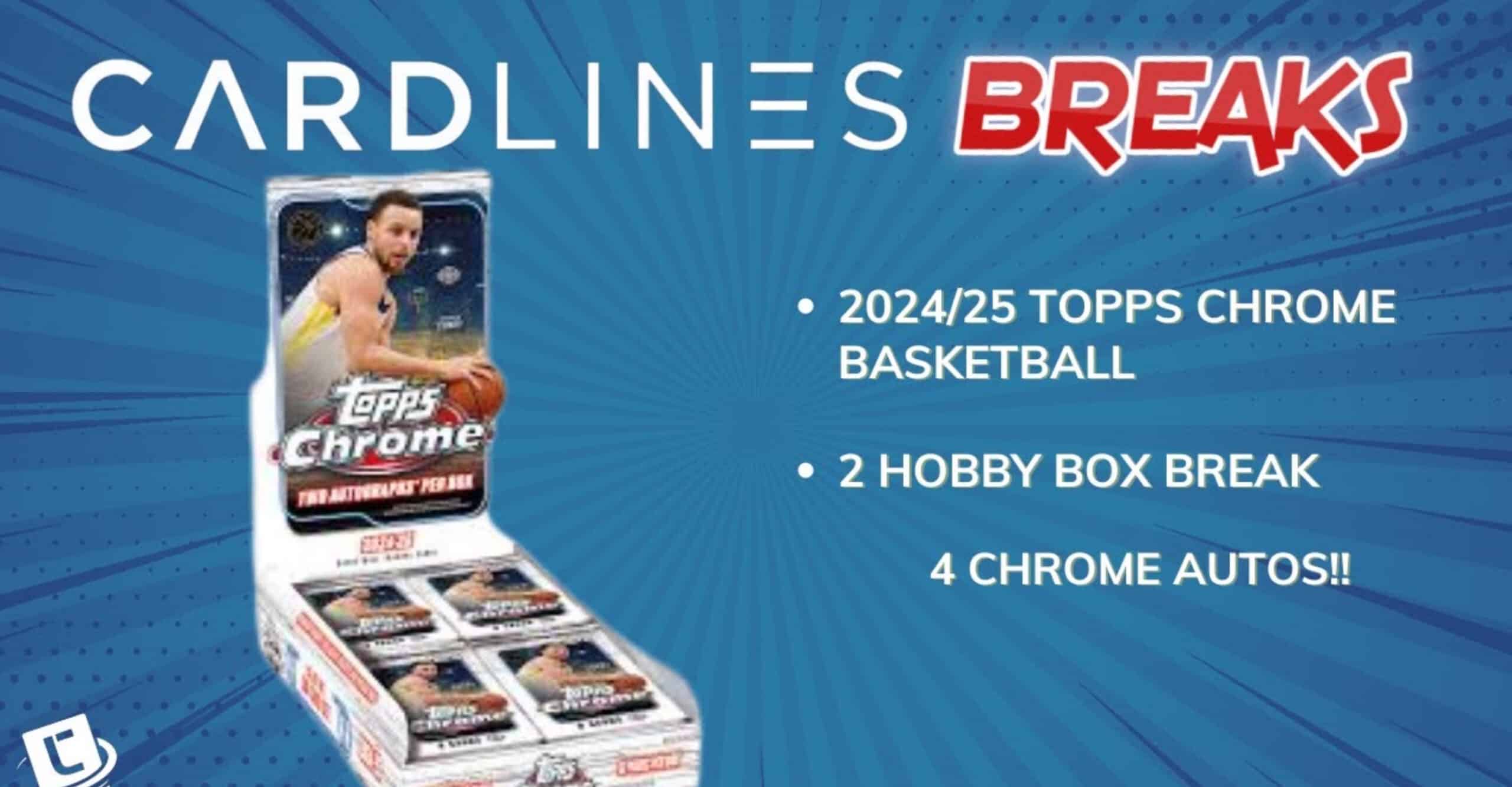

If you spend any time on the collecting internet or hobby social media, you tend to see the same questions asked over and over again. Should I get this card graded? Is this an error card worth lots of money? That type of thing.
A persistent sub-genre of the “Is my card worth money?” trope relates to “found or inherited cards”. In popular culture, the idea that “old baseball cards are worth lots of money” is a thing. And in some cases, that’s very true. But in a lot of other cases, it’s a lot less true. Most of the time, it’s downright false.
So, today let’s explore a little bit about how to determine if those cards you’ve found or inherited might be worth something. Read this before you go off and rack up a bunch of bills thinking you’ve struck it rich with found or inherited baseball cards.
Check prices of baseball cards on eBay
There have been millions of baseball cards printed in the last 150 years. What makes some of them valuable?
Age (how old the card is), condition (what shape the card is in), and the player pictured all play a role in determining the value of a baseball card. These elements can lead to scarcity and a situation where supply is outstripped by demand.
Age is a key determining factor for baseball cards. Many of the most valuable baseball cards were produced well before anyone thought they’d be worth keeping, so they can be hard to find, especially in nice shape.
Pre-War cards, those produced before the end of World War II, typically have at least some value in any condition, with top names being quite valuable. Meanwhile, cards from the late 1940s through the 1960s will have more varied value, depending on the player pictured and condition.
Cards produced after 1970 often have significant value only if they feature top players of the era, and are in good condition. Rookie cards of Hall of Famers are typically the most valuable.
Also, remember that something is only worth what someone is willing to pay. That is why more in-demand names or popular sets will command more than lesser known items. The above are generalizations, but should provide you with some general guidelines.
Check prices of baseball cards on eBay
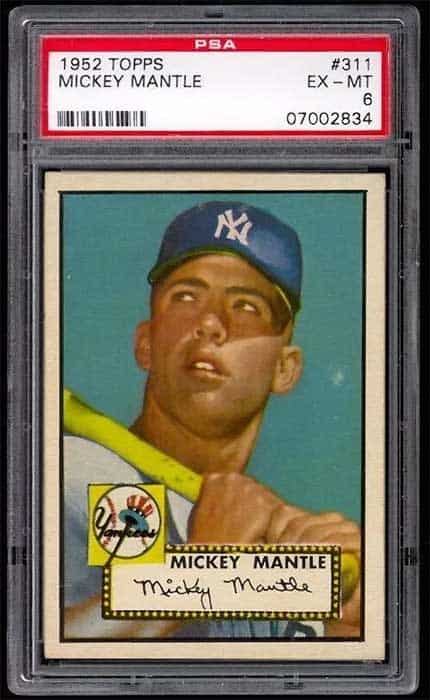
Baseball cards can be very valuable. The non-hobby news is often dotted with stories of record sales, like recent sales of a 1909-11 T206 Honus Wagner or a 1914 Baltimore News Babe Ruth. Both these cards and others, such as the 1952 Topps Mickey Mantle, have sold for millions of dollars.
Many other cards have sold for thousands or even hundreds of thousands of dollars. These range from classic playing days cards of players like Jackie Robinson and Ted Williams to modern rarities like the 1/1 Rookie Debut Patch of Paul Skenes.
Of course, these cards are that valuable because they are incredibly rare. In most cases, baseball cards are worth much less than that. Cards considered “valuable” within the hobby can sell from around $10 up to into the hundreds or thousands, but the vast majority of cards are worth less than $5, and honestly, less than $1 each (oftentimes only a few cents each).
So, before we can determine a card’s worth, we need to determine its year and look at the player pictured and condition to get a starting point.
Check prices of baseball cards on eBay
Now that you know a bit about what makes a card valuable, and what value might look like, let’s figure out how to determine what year your cards were produced.
There are several ways for the non-collector to determine what year a card is from, although none are foolproof.
One is to look for copyright info on the back of the card. Depending on the year and company, this may or may not be included on the card. In some cases, especially in the junk wax era (more on that in a moment) the copyright date may be for the year before the card year.
Another method is to look at the last year of stats on the back of cards with stats on them and add one. Of course, this only works for cards produced during a player’s career and that have stats listed with the year on the back.
While these approaches will help in many cases, there are several (including reprints and modern cards produced with older designs) that it will not. In those cases, spending a little time online familiarizing yourself with what baseball cards look like from different years is likely a worthwhile way to spend an hour or so. If you still aren’t sure, ask a friend who knows baseball cards or inquire politely on an internet message board.
You want to know the year your card was produced and the company that produced it. This can often help determine the possible year range.
For example, if you have a lot of Donruss and Fleer, with some Upper Deck and Score mixed in, you’re likely in the heart of the junk wax era. For a short time in the late 1940s and early 1950s, Bowman and Topps battled it out.
In 1956, Topps bought Bowman and had a virtual monopoly until 1981, when Donruss and Fleer broke into the game. Again, look for markings on the card, including the copyright line on the back of the card, and check online to view different designs to identify where your cards are from.
Check prices of baseball cards on eBay
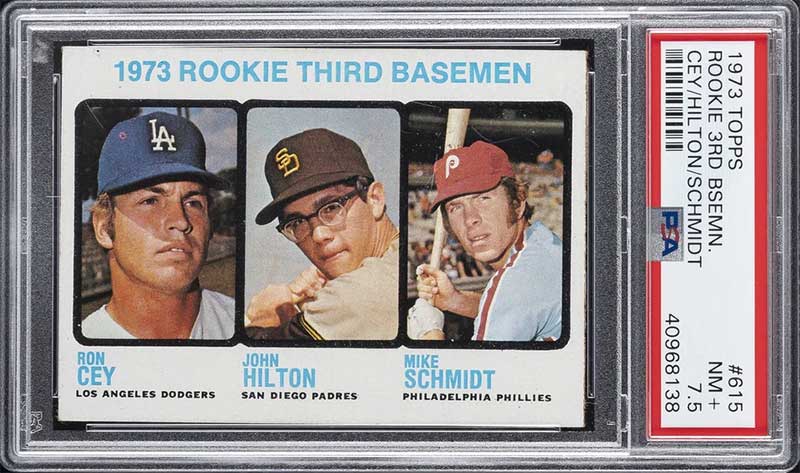
Now that you have determined what year your cards are from, it’s time to learn about the Junk Wax Era, the “crusher of dreams” of card finders everywhere. Generally speaking, cards produced in the 1980s and 1990s, but especially between 1986 and 1995, are considered to be Junk Wax.
As the name implies, with a few exceptions, these cards tend not to hold much value. There are a few key rookie cards of the era that are worth a bit, but even those aren’t especially valuable in ungraded form. Especially if in less than top condition, cards of this era will provide more disappointment than riches.
The trope of “found baseball cards being worth a lot of money” started back in the 1980s, when cards that were 35-40 years old meant cards from the late 40s and early 1950s—cards that had and still have significant value. Now, cards that are 35-40 years old are from the late 1980s, the heart of the junk wax era.
Why are cards from this time period worth so little and uncovered so often? Quite simply, cards were very popular, so the card companies printed more cards. Millions more cards. Because of this mass overproduction, the supply continues to outstrip demand. That means these cards are uncovered often, but aren’t going to make you rich.
Check prices of baseball cards on eBay

Another wrinkle to consider is reprints. A reprint is either a licensed or unlicensed recreation of an older card. For example, the classic 1952 Topps set has a reprint that is actually from 1983. 1953 Topps was reprinted in 1991 by Topps as one of the first Topps Archives branded products.
Often, reprints will be marked as such. For example, those 1991 Topps reprints have the text “Topps Baseball Archives – The Ultimate 1953 Series” at the bottom of the back of the card. Originals do not have that text. Some reprints are not marked, so you need to use context clues to determine if a card is a reprint or original.
Things like the condition of the card, gloss level on the front, but also things like how the cards are acquired. A beat up 1953 Topps Mickey Mantle found in a box of other 1953 Topps commons in mixed conditions is far more likely to be real than a gem mint 1991 Topps Archives reprint found mixed in with thousands of junk wax cards.
Check prices of baseball cards on eBay
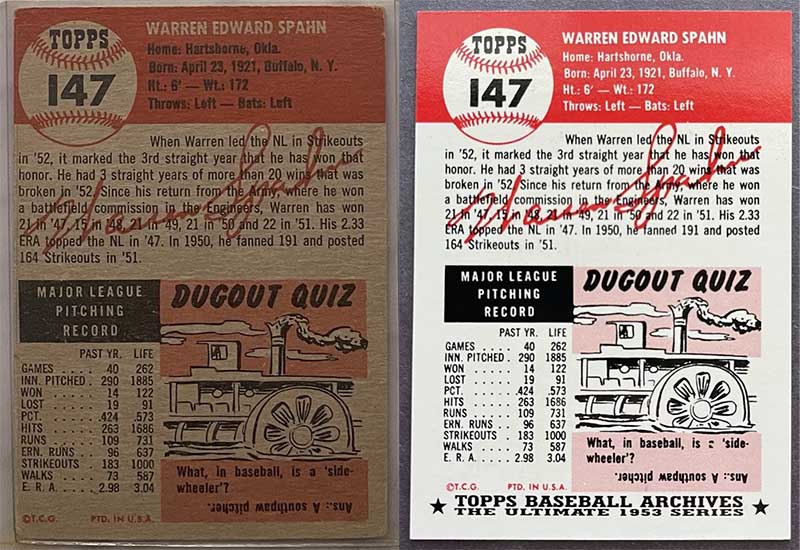
OK, now that you know what you have, how do you determine how much it’s worth? There are a number of resources that should help, but also some things to keep in mind when looking for recent “comps” for the cards you’ve uncovered.
eBay is the largest platform for buying and selling cards, and can give you a good idea of what a card is worth. Enter the year, company, and player you’re looking for, and be sure to toggle to “sold” listings. Sellers can list a card for whatever they want, and many list cards for far more than anyone will pay (some claiming they’re high-priced “errors”), but the sold listings will show you what cards have sold for.
Another site that can show you recent sales is 130point.com. You can search for recent eBay sales or sales from all marketplaces. While the site design isn’t the most obvious and clean, this is a great resource for finding card values.
A note when searching. Many prices you’ll see online are for cards graded by professional third-party graders like PSA. If your cards are raw, keep that in mind when looking prices and understand that raw cards are going to be worth less than graded examples in similar condition, often much less.
Check prices of baseball cards on eBay
Hopefully this article has helped you understand a bit about how to proceed if you’ve found or inherited some baseball cards. I hope it has also set expectations. While finding cards worth life-changing amounts of money does happen, it’s rare, which is why it’s newsworthy when it happens.
Have you ever found or inherited cards? Did they turn out to be gems, just run of the mill junk wax? Tell us what’s on your mind at CardLines on X.
Check prices of baseball cards on eBay
Top 5 Sports Card Athletes to invest in RIGHT NOW (big ROI potential!)
 0:58
0:58
The best small town card shop? 👀
Sports Card Scavenger Hunt! (5,000 Subscriber Special!)
I hit a SWEET auto from the #1 overall pick at PCB hobby
The Ultimate 2024 Football Card Brand Tier List (Panini vs. Topps and more!)
2025 Topps All Star Game Mega Box Product Review
Ripping the new Topps All Star Game mega box.
Is this new sports card store the BEST VALUE around?
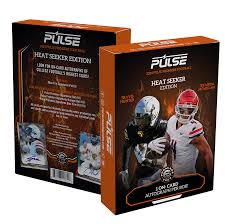
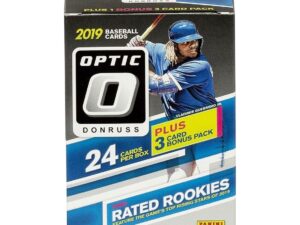
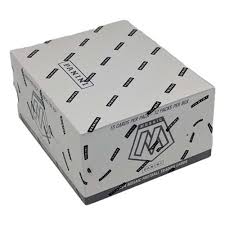

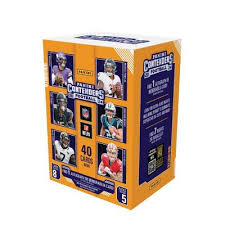
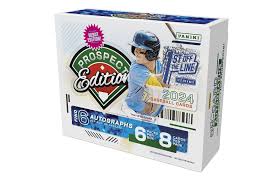
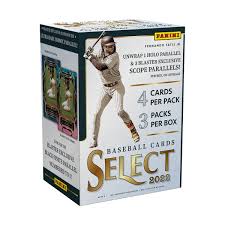
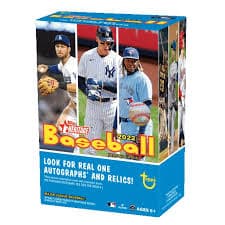
2022 Topps Heritage Baseball Blaster Box Configuration: 7 Packs per Box – 9 Cards per Box. Plus 1 extra pack.
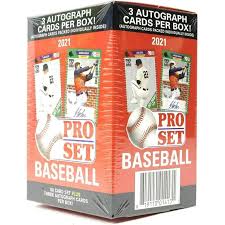
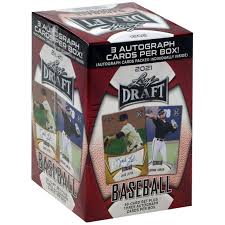
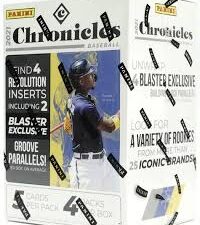
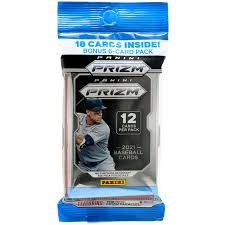
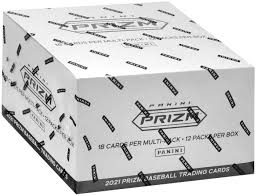

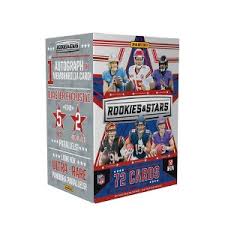
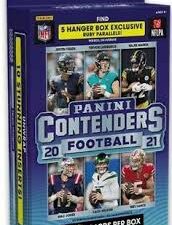
Keep up on breaking Sports Card News, our latest articles, product specials and exclusive content with expert analysis of hobby trends.

© Copyright 2025 - All rights reserved Cardlines.com / Media Techs LLC - Sports Card News, Reviews, Releases and BREAKS - #thehobby.
Important: When you click on links to various merchants on this site and make a purchase, this can result in this site earning a commission. Affiliate programs and affiliations include, but are not limited to, the eBay Partner Network.
What you need to know about Cal Raleigh 👀
Cardlines 8 hours ago